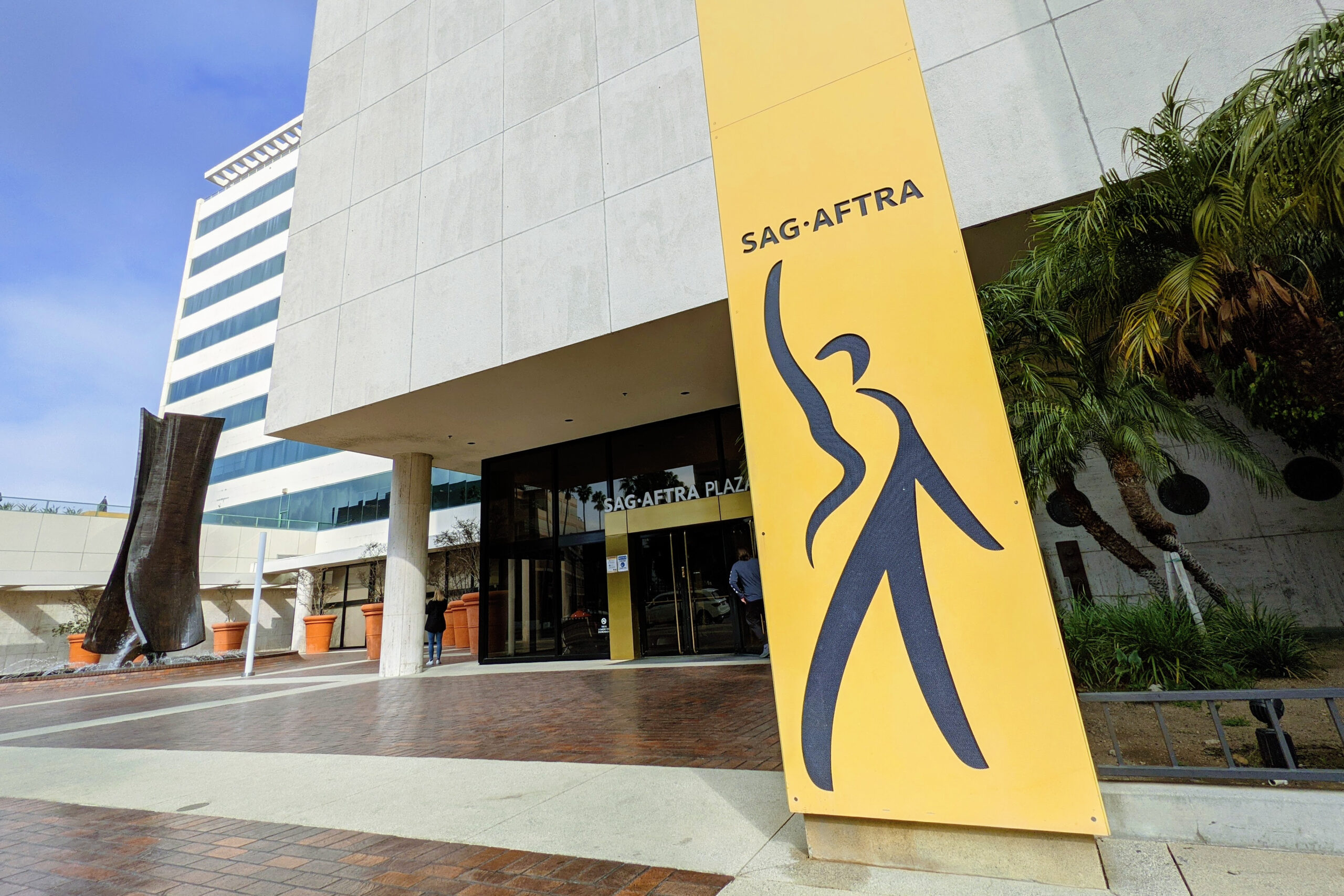Back at the Table: SAG-AFTRA Negotiations Resume
As of this past Saturday, the Screen Actors Guild-American Federation of Television and Radio Artists’ (SAG-AFTRA) strike has officially eclipsed the 100-day mark, making this strike the longest in SAG-AFTRA’s history. SAG and the Alliance of Motion Picture and Television Producers (AMPTP) are now back at the table after the AMPTP suspended negotiations on October 11. With several studio CEOs present, the parties this week are attempting to make headway on outstanding issues.
This development comes on the heels of the Writers Guild of America (WGA) ending its 148-day strike after reaching an agreement with the AMPTP. Ratified on September 27, the WGA’s deal included significant improvements, especially in areas of wages, residuals, and artificial intelligence. Given the AMPTP ultimately made significant concessions to the WGA, and appears willing to make similar concessions to SAG, it is useful to consider some of SAG’s proposals in light of the WGA deal.
Wages:
SAG is advocating for an 11% wage increase in year one, with subsequent annual increases of 4% in years two and three. The AMPTP is only willing to offer SAG the same increases it agreed to with the WGA (and DGA), namely, a 5% increase in year one, 4% increase in year two, 3.5% increase in year three. SAG argues that the AMPTP proposal would still mean lower real wages (given recent inflation) for members in coming years.
The 5% bump for writers accounted for about 85% of the cost of the entire WGA deal. Wage increases for SAG will similarly represent a massive percentage of the total cost of any SAG deal, meaning any additional improvement on wages is likely going to be resisted.
Streaming Residuals:
SAG continues to advocate for some form of revenue share with streaming platforms. It was this revenue share proposal in particular that caused the AMPTP to walk away from negotiations earlier this month.
The WGA deal, rather than incorporating any form of revenue share, instead implements a different mechanism to reward talent based on a show’s viewership. The benefit is straightforward: members are entitled to a bonus of 50% of SVOD domestic and foreign residuals (which are fixed amounts) when the total views of a program (calculated as total minutes watched among all subscribers / total runtime) within the first 90 days of release divided by a platform’s total subscribers equals .20 or greater. This means that if 20% of subscribers watch a film in its entirety, the film qualifies.
The AMPTP is currently willing to offer SAG a bonus residual similar to the WGA deal. The latest offer to SAG is slightly more favorable to talent than the WGA deal, but the details have not been reported publicly.
The WGA agreement shows that a compensation formula based on streaming viewership is possible, but SAG’s insistence on something potentially more lucrative, like revenue sharing, has created a stalemate for the time being.
Matters Unique to SAG:
Some of SAG’s proposals are unique to actors and other SAG talent, which adds to the difficulty in reaching a new deal. As just a couple of examples:
- Television series regulars are not guaranteed housing and expenses when shooting a series away from their principal residence. They are instead paid a $10,000 relocation allowance capped at two or four seasons, regardless of how many seasons a show runs. SAG has made clear that the current relocation allowances are insufficient. It appears that the AMPTP is willing to increase these allowances and remove the caps on the number of seasons for which they are payable, but SAG’s public position has been that the latest offer by the AMPTP “bear[s] no relationship to the actual cost of spending months away from home to work on television shows.”[i]
- SAG is also requesting that sets have “qualified hair and makeup professionals and equipment to handle a variety of hair textures/styles and skin tones.” This addresses a practical problem, where producers simply have failed to hire hair and makeup professionals who have experience working with Black actors and other actors of color. AMPTP is potentially willing to make such guarantees with respect to principal performers, but is reluctant to make similar guarantees to other actors (e.g., background actors). [ii]
Given the WGA’s success in finalizing a deal, the pressure is only mounting for SAG and the AMPTP to similarly find a way forward. But the question remains: how long will this stalemate last?
[i] https://www.sagaftra.org/files/sa_documents/SAG-AFTRA_Negotiations_Status_7_13_23.pdf
[ii] Ibid.
 This article is intended as a general discussion of these issues only and is not to be considered legal advice or relied upon. For more information, please contact RPJ Counsel Daniel Jason Ain who counsels clients in areas of entertainment, media and literary, intellectual property and employment law. Mr. Ain is admitted to practice law in the State of New York and the District of Columbia.
This article is intended as a general discussion of these issues only and is not to be considered legal advice or relied upon. For more information, please contact RPJ Counsel Daniel Jason Ain who counsels clients in areas of entertainment, media and literary, intellectual property and employment law. Mr. Ain is admitted to practice law in the State of New York and the District of Columbia.

